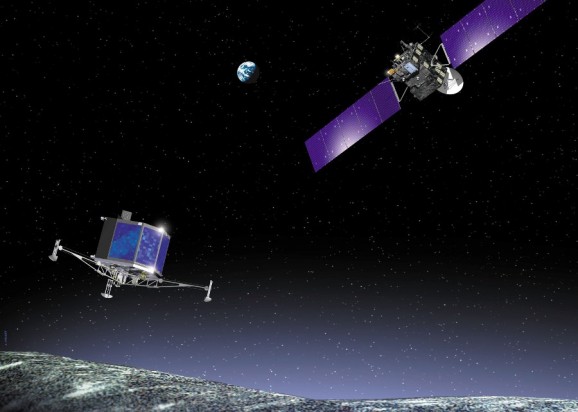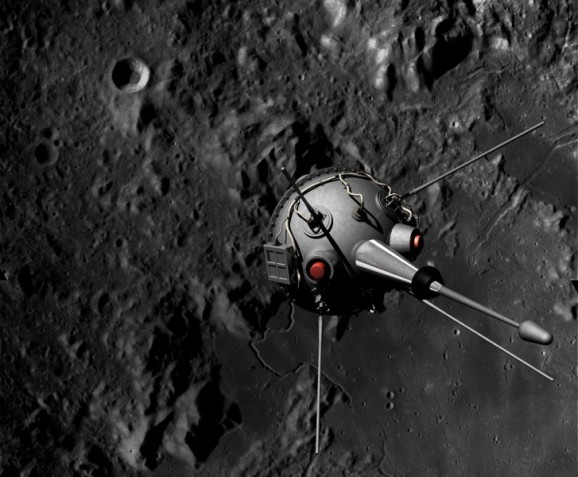Humans Have Landed Spacecraft On These Seven Celestial Bodies
This article is more than 2 years old
 On Wednesday, the European Space Agency’s Philae lander made history by being the first spacecraft to land on a comet. Comet 69P/Churyumov-Gerasimenko is now the seventh celestial body humans have touched. What are the others? I’m glad you asked because we’re about to run through the list.
On Wednesday, the European Space Agency’s Philae lander made history by being the first spacecraft to land on a comet. Comet 69P/Churyumov-Gerasimenko is now the seventh celestial body humans have touched. What are the others? I’m glad you asked because we’re about to run through the list.

Moon (1959)
Unsurprisingly, the moon comes first on this list. It’s the nearest celestial body and humans have been gazing at its changing shape since we first looked up into the night sky. The Soviet Union landed the first spacecraft on the Moon toward the beginning of the Space Race. The Luna 2 spacecraft, the second one launched by the Soviets with the moon as its goal, touched down on September 13, 1959, becoming the first human-made device to ever touch soil not on Earth. (Its predecessor, Luna 1, launched earlier that year but missed the moon because of a malfunction that resulted in a burntime problem. Still, Luna 1 was the first spacecraft to leave Earth’s orbit).
The launch wasn’t easy, of course—there were problems with the initial attempt scheduled for September 9, which resulted in the swapping out of a booster and a three-day delay. It took Luna 236 hours to reach the moon. Unlike our current landers, the craft was sphere-shaped and its antennae and instruments stuck out. The craft carried in it some Soviet pennants, a copy of which Khrushchev gave to President Eisenhower a couple days after the successful landing. China’s Yutu rover is the most recent craft to land on the moon.
Pages [ 1 2 3 4 ]












